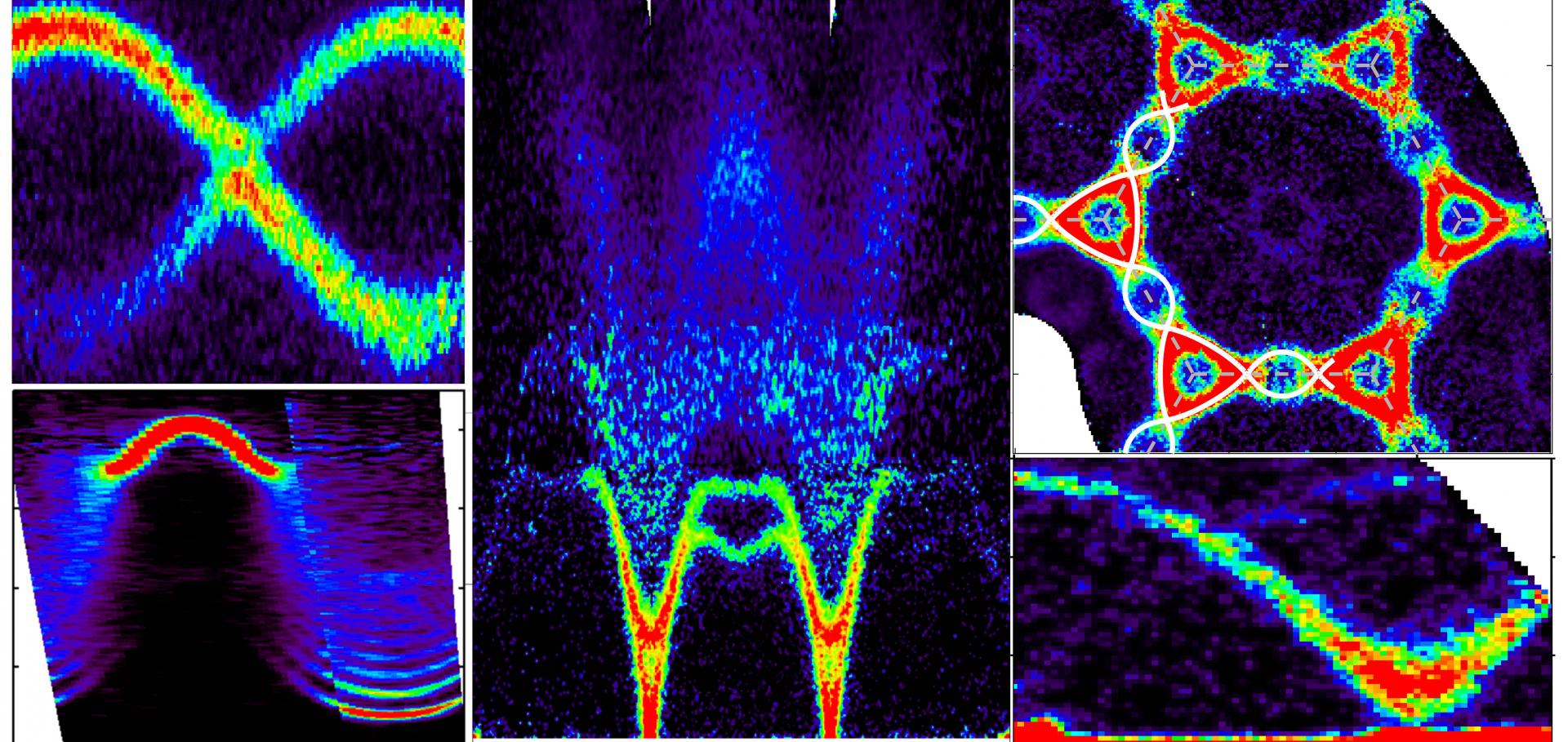Onset of antiferromagnetism in heavy-fermion metals.
Nature 407:6802 (2000) 351-355
Abstract:
There are two main theoretical descriptions of antiferromagnets. The first arises from atomic physics, which predicts that atoms with unpaired electrons develop magnetic moments. In a solid, the coupling between moments on nearby ions then yields antiferromagnetic order at low temperatures. The second description, based on the physics of electron fluids or 'Fermi liquids' states that Coulomb interactions can drive the fluid to adopt a more stable configuration by developing a spin density wave. It is at present unknown which view is appropriate at a 'quantum critical point' where the antiferromagnetic transition temperature vanishes. Here we report neutron scattering and bulk magnetometry measurements of the metal CeCu(6-x)Au(x), which allow us to discriminate between the two models. We find evidence for an atomically local contribution to the magnetic correlations which develops at the critical gold concentration (x(c) = 0.1), corresponding to a magnetic ordering temperature of zero. This contribution implies that a Fermi-liquid-destroying spin-localizing transition, unanticipated from the spin density wave description, coincides with the antiferromagnetic quantum critical point.Experimental realization of a 2D fractional quantum spin liquid
(2000)


